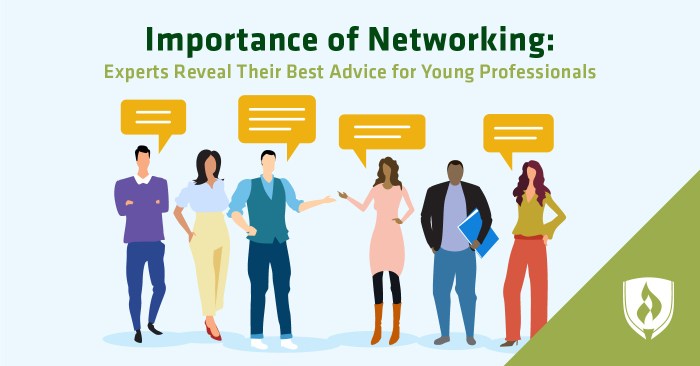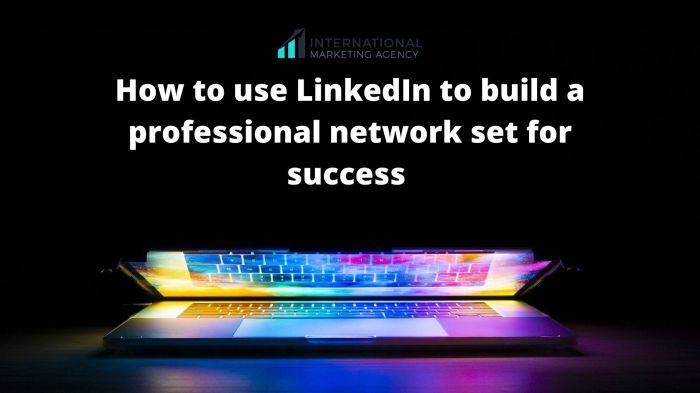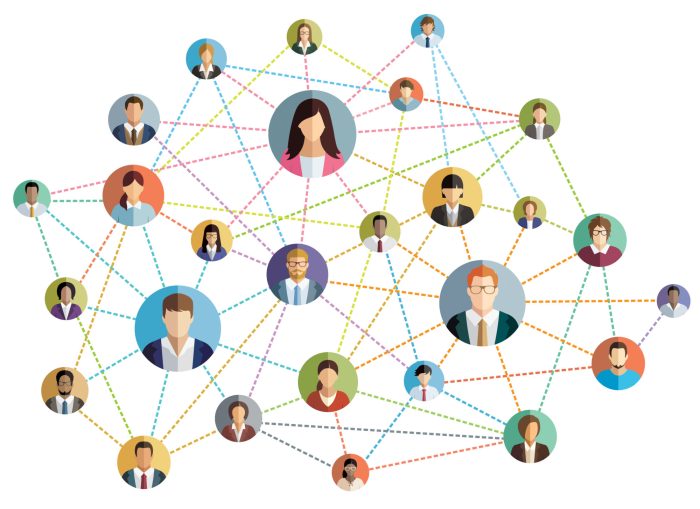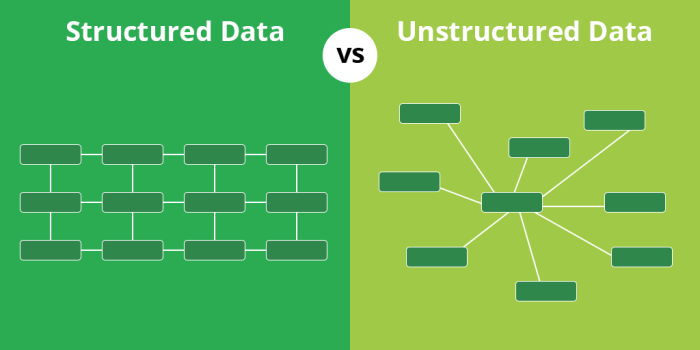When it comes to Tips for networking at conferences and events, it’s all about making meaningful connections and leaving a lasting impression. Whether you’re a seasoned pro or a networking newbie, these strategies will help you navigate the conference scene and build valuable relationships.
From pre-conference preparation to post-event follow-up, we’ll cover everything you need to know to make the most of your networking opportunities.
Pre-Conference Preparation: Tips For Networking At Conferences And Events

Before attending a conference or event, take the time to prepare and maximize your networking opportunities. Here are some tips to help you get started:
Research Attendees
Familiarize yourself with the conference attendees by reviewing the registration list or event website. Identify individuals who work in your industry, have similar interests, or represent organizations you’d like to connect with.
Set Goals and Plan a Schedule
Determine your networking goals and prioritize the people you want to meet. Create a schedule that allows you to attend relevant sessions, receptions, and networking events where you’re likely to encounter your target connections.
Practice Introductions and Elevator Pitches
Craft a concise introduction that highlights your name, company, and why you’re interested in connecting. Prepare an elevator pitch that effectively summarizes your expertise, value proposition, and call to action.
During the Conference
With the pre-conference preparation out of the way, it’s time to dive into the main event. Networking at conferences and events can be a daunting task, but with the right strategies, you can make the most of your time and forge valuable connections.
Approaching and Engaging with Attendees
Approaching and engaging with attendees at a conference can be intimidating, but it’s crucial for networking success. Here are some strategies to help you break the ice and make a lasting impression:
- Attend ice-breaker sessions or social events: These events are specifically designed to facilitate networking and provide a casual setting to meet other attendees.
- Join a discussion group or roundtable: Engage in discussions on topics that interest you, which will allow you to connect with like-minded individuals.
- Compliment someone’s presentation or idea: Show appreciation for others’ contributions, which can lead to further conversations and potential collaborations.
- Offer to help with logistics or event setup: Volunteering your time can help you meet organizers and other attendees who share your commitment to the event.
Actively Participating in Sessions and Discussions
Actively participating in conference sessions and discussions is another excellent way to make connections. By sharing your insights, asking thoughtful questions, and engaging with the speakers and attendees, you can demonstrate your expertise and establish yourself as a valuable resource.
- Prepare questions or comments in advance: This will help you contribute meaningfully to the discussions and show that you’ve done your research.
- Speak up and share your perspectives: Don’t be afraid to voice your opinions and ask for clarification. Your contributions can spark conversations and lead to potential collaborations.
- Connect with speakers after their presentations: Introduce yourself to the speakers and express your appreciation for their insights. This can open doors for further networking opportunities.
Using Social Media and Mobile Apps, Tips for networking at conferences and events
Social media and mobile apps can be powerful tools for networking at conferences and events. Here are some tips to leverage these technologies effectively:
- Use conference hashtags: Follow and use the official conference hashtag to connect with other attendees, share your experiences, and stay up-to-date on event news.
- Join conference groups on LinkedIn or Facebook: These groups provide a platform to connect with attendees before, during, and after the event.
- Use networking apps like Bizzabo or Meetup: These apps allow you to schedule meetings, find potential matches, and connect with other attendees based on your interests.
Post-Conference Follow-Up

The connections you make at conferences don’t end when the event does. Post-conference follow-up is crucial for maintaining relationships and building long-term connections.
After the conference, it’s important to reach out to the people you met. This can be done through email, LinkedIn, or other platforms.
When following up via email, keep your message brief and to the point. Thank the person for their time at the conference and mention something specific you discussed. You can also offer to connect on LinkedIn or schedule a call to continue the conversation.
LinkedIn is a great platform for staying connected with professionals. After the conference, send a connection request to the people you met. In your request, include a brief note reminding them of where you met and what you discussed.
Nurturing Connections
Once you’ve made the initial follow-up, it’s important to nurture the connections you’ve made. This can be done by:
- Sharing relevant articles or industry updates
- Commenting on their LinkedIn posts
- Scheduling occasional calls to catch up
By nurturing your connections, you can build long-term relationships that can benefit your career.
Effective Communication Skills
Effective communication is crucial for successful networking at conferences and events. It allows you to convey your message clearly, build rapport, and establish trust.
To be an effective communicator, it’s essential to:
- Be clear and concise: Avoid jargon and use language that is easily understood by your audience.
- Adapt your communication style: Adjust your tone, vocabulary, and pace to suit different individuals and situations.
Building Rapport and Establishing Trust
Building rapport and establishing trust are key to effective networking. To achieve this, consider the following:
- Show interest: Ask questions, listen attentively, and demonstrate genuine interest in the other person.
- Find common ground: Identify shared interests or experiences to create a connection.
- Be authentic: Be yourself and avoid putting on a facade.
- Respect boundaries: Be mindful of the other person’s time and personal space.
Social Media and Technology

In today’s digital age, social media and technology play a vital role in networking at conferences and events. These platforms offer attendees the opportunity to connect with each other before, during, and after the event, extending the networking opportunities beyond the physical space.
One of the most effective ways to leverage social media for networking is to use platforms like LinkedIn, Twitter, and Instagram to connect with attendees and engage in discussions related to the conference. By joining relevant groups and following hashtags, attendees can identify and interact with potential connections who share similar interests.
LinkedIn is a professional networking site that is particularly useful for connecting with industry peers and potential collaborators. Attendees can search for attendees by company, industry, or job title, and send personalized connection requests with a brief introduction and a mention of the conference they are attending.
Twitter is a microblogging platform that allows attendees to share short updates and engage in real-time conversations. By using the official conference hashtag, attendees can follow the event’s updates, connect with other attendees, and participate in discussions on relevant topics.
Mobile Apps
Many conferences and events now offer dedicated mobile apps that provide attendees with access to the conference schedule, speaker information, and attendee profiles. These apps often include features that facilitate networking, such as in-app messaging, networking lounges, and virtual meeting rooms.
Final Thoughts
Networking at conferences and events is an invaluable tool for career development, knowledge sharing, and personal growth. By implementing these tips, you’ll be well-equipped to make the most of every opportunity and forge lasting connections that will benefit you both professionally and personally.
Commonly Asked Questions
What are some tips for approaching attendees at a conference?
Be confident, introduce yourself clearly, and find common ground to start a conversation.
How can I use social media to connect with attendees before the event?
Join relevant conference groups, follow speakers and attendees, and engage in online discussions.
What should I do after the conference to maintain connections?
Send follow-up emails, connect on LinkedIn, and schedule coffee chats to continue building relationships.













